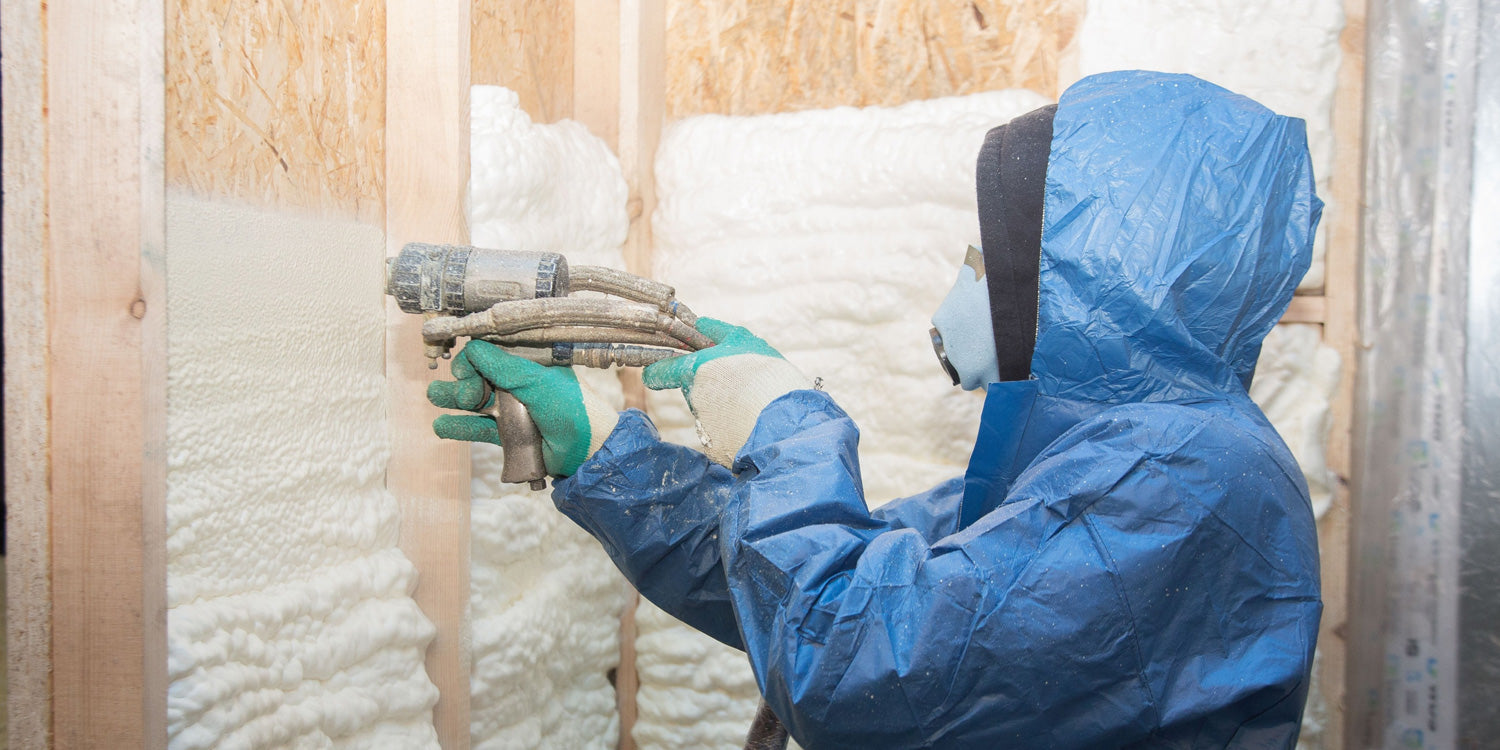Spray foam insulation has revolutionized the way we insulate buildings, offering superior energy efficiency and versatility. As a key player in this industry, it's essential to understand the different types of spray foam available and their specific applications.
Open-Cell vs Closed-Cell Foam
The two primary types of spray foam insulation are open-cell and closed-cell foam, each with distinct properties and uses.
Open-Cell Foam
- Structure: It consists of tiny cells that aren't completely encapsulated, allowing air to fill the open space inside the material.
- Insulation Value: Typically has a lower R-value per inch than closed-cell foam, making it ideal for interior applications where bulk insulation can be accommodated.
- Sound Absorption: Excellent for soundproofing due to its soft, flexible nature.
- Moisture Permeability: More permeable to moisture, which can be a consideration in certain climates or applications.
Closed-Cell Foam
- Structure: Composed of fully encapsulated cells, which makes it denser and more rigid than open-cell foam.
- Insulation Value: Offers a higher R-value per inch, providing better thermal insulation in a thinner layer.
- Moisture Resistance: Impermeable to water, making it ideal for use in areas prone to moisture, like basements and outdoor applications.
- Strength: Adds structural integrity to walls, thanks to its rigidity.
Applications and Considerations
When choosing between open-cell and closed-cell foam, consider factors like climate, building design, budget, and specific insulation needs. Open-cell foam is often preferred for indoor applications, while closed-cell foam is chosen for its strength and moisture resistance, especially in harsher environments.
The Future of Spray Foam Insulation
Advancements in technology and materials continue to evolve the spray foam industry. New formulas are being developed to enhance environmental friendliness and performance, ensuring that spray foam remains a top choice for efficient and effective building insulation.







